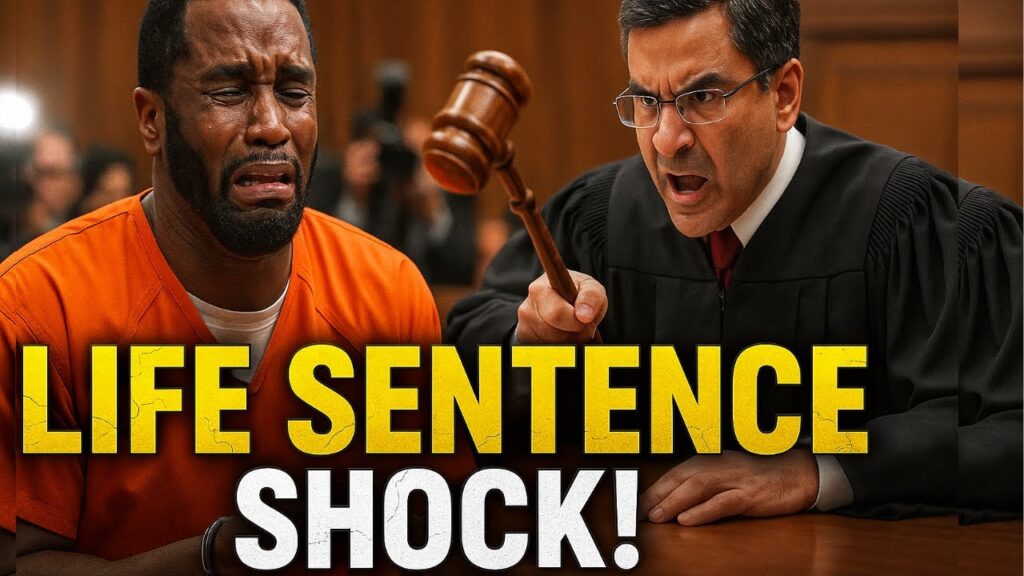The name Arnel Salvatierra is often mentioned in discussions about unique legal cases in the United States. His story is remembered because it highlighted the impact of family abuse and how courts can consider psychological suffering in serious crimes. In 1986, when he was just 17 years old, Arnel made headlines for killing his father. This case shocked the community but also created space for a new kind of legal defense.
Instead of being remembered as just another tragic crime, the Salvatierra case became an example of how courts can view family abuse as a serious factor. The trial also introduced attorney Leslie Abramson to the public, who later gained fame in the Menendez brothers’ trial. Understanding Arnel’s story gives us insight into both personal struggles and legal history.
Early Life and Family Background
Arnel Salvatierra grew up in Glendale, California, in a Filipino-American household. On the outside, his family seemed respectable. His father, Oscar Salvatierra, was a successful newspaper executive. To neighbors and co-workers, Oscar appeared strict but hardworking, building a stable life for his family in the United States.
However, behind closed doors, life was very different for Arnel and his family. Reports later revealed that Oscar had a long history of abusive behavior. Arnel suffered both emotional and physical mistreatment from his father. This painful home environment shaped his teenage years, creating deep scars that would later play a major role in his trial.
The 1986 Incident in Detail

On the night of December 10, 1986, tragedy struck in the Salvatierra household. At the age of 17, Arnel shot his father, Oscar, three times in the head while he slept. The act was shocking, not only because of the violent nature but also because of the age of the boy who pulled the trigger.
The police investigation quickly pointed to Arnel, and he admitted to the crime. However, unlike many murder cases, this situation was not simple. Arnel did not commit the act out of greed, revenge, or cold calculation. Instead, it came after years of suffering in silence under his father’s abusive control. This raised the difficult question: was Arnel a murderer, or was he a desperate victim who saw no other escape?
Role of Defense Attorney Leslie Abramson
When the case went to trial, Arnel’s defense attorney, Leslie Abramson, became a key figure. Abramson was a sharp and passionate lawyer, known for her bold style in court. She focused on showing the jury that Arnel’s crime was not an act of pure malice but the desperate decision of an abused teenager.
Abramson highlighted the years of physical and psychological abuse that Arnel endured. She explained how constant fear, humiliation, and violence from his father created unbearable mental pressure. Through her defense, Abramson argued that the shooting was the result of long-term trauma, not simple criminal intent. Her approach was unusual at the time but proved to be very powerful in court.
Court Proceedings and Legal Arguments

The courtroom battle was intense. Prosecutors painted the shooting as murder, emphasizing the deliberate action of firing three shots. They believed that even if Oscar had been strict, killing him could not be justified. Their goal was to convict Arnel of murder, which could have sent him to prison for decades.
The defense, led by Leslie Abramson, built a very different picture. Psychologists were brought in to explain the effects of abuse on young minds. They testified that living under constant fear can make a child feel trapped, with no safe options. Abramson argued that Arnel acted out of desperation, not cruelty. This new perspective forced the jury to think differently about the meaning of justice in such a case.
Psychological Abuse as a Defense Strategy
One of the most groundbreaking aspects of the case was the use of psychological abuse as a defense. At the time, American courts were still developing their understanding of how emotional trauma could impact behavior. Most legal defenses focused on physical self-defense, not mental suffering.
Arnel’s trial helped bring attention to the reality that long-term abuse can be just as damaging as physical harm. The defense strategy argued that his actions were not driven by hatred but by survival instincts shaped by years of fear. This argument was key in convincing the jury that Arnel should not be treated as a cold-blooded killer.
The Final Verdict and Sentencing

After weeks of testimony, the jury delivered its decision. Instead of convicting Arnel of first-degree murder, they found him guilty of voluntary manslaughter. This meant the court recognized that the crime was not planned out of pure malice but was connected to his abusive experiences.
Even more surprisingly, the judge sentenced Arnel not to prison but to probation and mandatory psychological counseling. For many people, this outcome was shocking, but it reflected the court’s belief that Arnel needed help rather than a lifetime behind bars. The verdict showed a new level of compassion in the justice system.
Impact of the Case on Criminal Law
The Arnel Salvatierra case became important in legal circles because it highlighted how abuse can shape a person’s actions. Lawyers, judges, and scholars studied the case as an example of how the law can adapt to consider psychological suffering.
While the ruling did not change laws overnight, it opened doors for future cases where abuse was used as a legal defense. This approach later influenced other trials, showing that the courts were willing to listen to stories of hidden family violence. For many victims of abuse, this was a sign that their suffering could finally be taken seriously in legal battles.
Connection to the Menendez Brothers Trial
The lessons from Arnel’s case followed Leslie Abramson into her next big defense: the Menendez brothers trial. In the early 1990s, Lyle and Erik Menendez were charged with killing their wealthy parents. Like Arnel, they claimed years of abuse had driven them to act.
Abramson used a similar strategy, focusing on how abuse shaped her clients’ behavior. While the Menendez case was much more famous and controversial, its defense shared roots with the arguments first tested in Arnel Salvatierra’s trial. In many ways, Arnel’s case was a stepping stone that prepared Abramson for the national spotlight.
Media Coverage and Public Reaction
At the time, the case drew significant media attention. Newspapers reported both the shocking crime and the surprising verdict. Some people were outraged, believing that Arnel had escaped serious punishment. Others sympathized, agreeing that no child should be forced to suffer abuse in silence.
The case sparked conversations about family violence, teenage mental health, and the limits of legal punishment. For the community in Glendale, it was a painful reminder that what looks like a perfect family from the outside may be hiding deep struggles.
Where Is Arnel Salvatierra Now

After the trial, Arnel Salvatierra lived a quiet life away from the public eye. With probation and counseling, he had the chance to rebuild his future. Unlike many crime stories, his did not end with decades in prison.
Details about his later life remain private, as Arnel stayed out of the media. For many, his story is remembered less about his personal future and more about the impact his trial had on law, abuse awareness, and defense strategies in court.
Key Lessons from the Case
The case of Arnel Salvatierra teaches us several important lessons. First, it shows how serious and destructive abuse can be, even if it is not always visible. Children and teenagers living under fear can feel trapped, leading them to make desperate decisions.
Second, the case demonstrates that the legal system can grow and adapt. By recognizing psychological abuse as a valid defense, the court acknowledged the deeper reality behind criminal actions. Lastly, it reminds us that behind every headline crime, there is often a story of pain, trauma, and survival.
Conclusion
The story of Arnel Salvatierra is both tragic and meaningful. As a teenager, he made a choice that ended his father’s life, but the reasons behind it revealed years of hidden suffering. Thanks to Leslie Abramson’s defense, the court acknowledged that abuse matters and shaped a verdict that was more compassionate than expected.
Today, the case remains a landmark example of how law and psychology can intersect. While Arnel himself stepped out of the public view, his trial left behind lessons about justice, family abuse, and the need for understanding in difficult situations. The Salvatierra case will always be remembered as a turning point in how courts handle abuse-related crimes.
FAQs
Who was Arnel Salvatierra
Arnel Salvatierra was a 17-year-old teenager from Glendale, California, who became known in 1986 for killing his father after years of reported abuse.
What happened in the Arnel Salvatierra case
In December 1986, Arnel shot his father, Oscar Salvatierra, three times while he slept. The crime shocked the community and led to a highly publicized trial.
Why did Arnel Salvatierra kill his father
Arnel’s defense argued that he acted after suffering years of psychological and physical abuse from his father, which created unbearable mental pressure.
Who was Arnel Salvatierra’s lawyer
His lawyer was Leslie Abramson, a well-known defense attorney who later gained national attention for representing the Menendez brothers.
What was the verdict in his trial
The jury found Arnel guilty of voluntary manslaughter instead of murder. He was sentenced to probation and mandatory psychological counseling.
How did the case impact the legal system
The case highlighted the role of psychological abuse in shaping behavior and opened the door for using abuse as a defense strategy in later trials.
Where is Arnel Salvatierra now
After the trial, Arnel stayed out of the public eye. Very little is known about his current life, as he chose to live privately after serving his probation.
Related Post:



